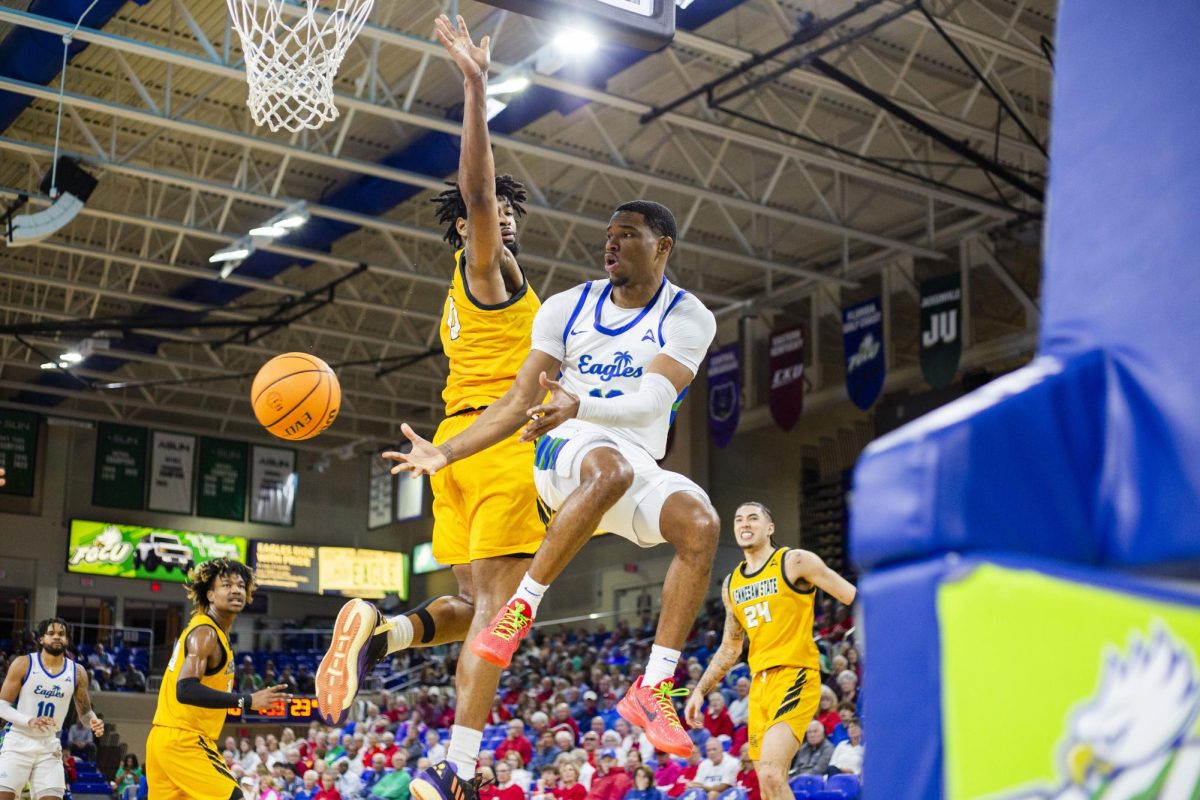As selection day for the College Football Playoff (CFP) quickly approaches, the debate over which teams should be in has reached an all-time high. With the conference championships on the horizon, there are still more than 16 teams with a realistic shot of clinching a spot in the new 12-team playoff.
However, there is still one question that sits on the minds of fans: will the CFP committee value performance? Or will it once again value prestige? Southeastern Conference (SEC) bias has become a major talking point in college football circles, but how real is it? Here are some prominent examples of SEC bias.
1) False Benefit of the Doubt
Time and again, SEC teams that lose are barely punished in the following week’s Associated Press poll rankings, as opposed to Big 12 and ACC teams that get overly punished for losing to good teams. In week 13 alone, No. 7 Alabama, No. 9 Ole Miss and No. 15 ranked Texas A&M all lost to unranked opponents on the road to suffer their third loss of the season. Those teams moved down six, six and five spots, respectively, in the following week’s AP poll.
Those three-loss teams were still ranked higher than two-loss teams from other conferences such as Iowa State, Tulane and Arizona State, who had back-to-back wins against No. 14 BYU and No. 16 Kansas State. Missouri didn’t drop a single spot after losing a third game the previous week and not having a single win over a team with more than six wins on the season.
In the top 10 of the AP poll, Texas remained ranked third at 10-1 with no quality wins, ahead of 10-1 Penn State and 10-1 Notre Dame who each have far better résumés. Lastly, Miami remains ranked behind Tennessee and Georgia despite being 10-1, while Georgia and Tennessee are both 9-2. With similar resumes, why do these SEC teams continuously get ranked ahead of equally if not more deserving ACC and Big Ten teams?
2) The Florida State Snub of 2023
One of the most popular examples of SEC bias is undefeated Florida State being left out of the playoffs last year in favor of 11-1 Alabama and 12-1 Texas. Florida State was 13-0, with wins over three teams that ended the year ranked. Alabama had wins over four ranked opponents but lost to Texas at home by double digits.
If you look at common opponents between the two, Florida State and Alabama both played LSU. Alabama beat them 42-28 at home, while Florida State beat them 45-24 at a neutral site. The Crimson Tide struggled repeatedly throughout the year to beat unranked opponents, such as when they barely beat South Florida 17-3 on the road, beat unranked Texas A&M on the road by just six points, beat an unranked Arkansas team by three at home and needed a last-second Hail Mary on a 4th and 31 conversion to scrape by unranked Auburn on the road.
Florida State only had two games where they struggled to beat an unranked opponent. Their 27-20 win over Miami at home and their 31-29 win over Boston College on the road. They did go to overtime against Clemson, but Clemson ended the year ranked inside the top 25.
The committee’s main argument for leaving Florida State out of the playoffs was the fact that star quarterback Jordan Travis got hurt and wouldn’t have been able to play in the playoffs. There was no precedent for this argument being used to leave a team out, especially when Ohio State won the national championship in 2014 with a third-string quarterback.
In the two regular-season games Florida State played without Jordan Travis that season, they beat their rival, Florida, on the road 24-15 and won the ACC championship game against then-ranked No. 14 Louisville 16-6. Clearly, Florida State had proven they could win without Jordan Travis, but the playoff selection committee showed that they valued the program prestige of Alabama and Texas more than the undefeated performance of Florida State.

































Adam Sexter • Dec 3, 2024 at 3:53 pm
This article increased my fertility